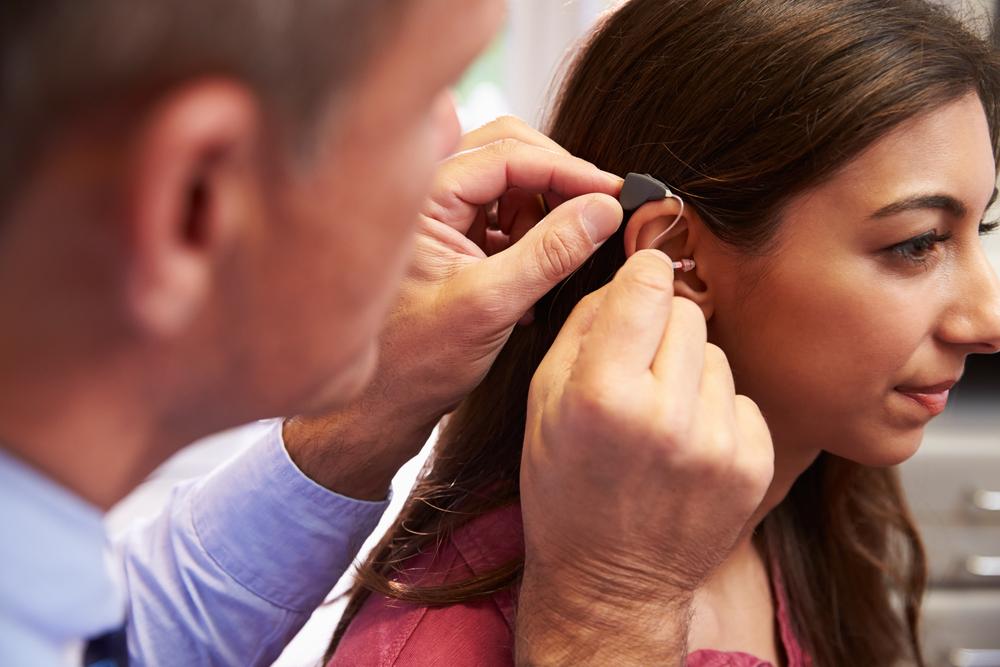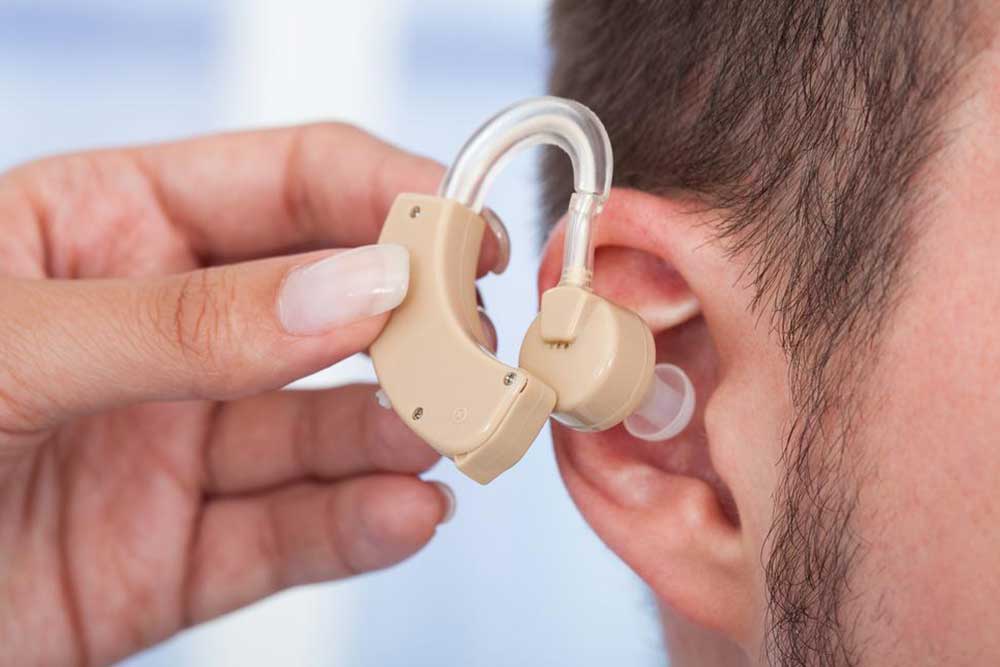Comprehensive Guide to Accessing Hearing Aids via Medicare Advantage Plans
This comprehensive guide explains how Medicare Advantage Plans can help you access hearing aids, covering costs for devices, exams, and replacements. Learn how to navigate plan options, understand coverage limitations, and find financial assistance to improve your hearing health with minimal out-of-pocket expenses. Discover tips for selecting the right plan and providers to ensure optimal hearing support tailored to your needs.

Comprehensive Guide to Accessing Hearing Aids via Medicare Advantage Plans
For many individuals exploring options to improve their hearing health, understanding Medicare's coverage for hearing aids can be complex. While traditional Medicare Parts A and B do not typically include coverage for hearing aids, there are important details and alternatives worth exploring. Specifically, Medicare Advantage Plans, also known as Part C, often provide more comprehensive benefits, including coverage for hearing aids, fitting exams, and device replacements. This guide aims to clarify how to navigate these options effectively, ensuring you get the hearing support you need while minimizing out-of-pocket expenses.
Firstly, it's essential to understand the limitations of traditional Medicare. Original Medicare Parts A and B primarily cover hospital stays, outpatient services, and some preventive care, but they do not directly cover hearing aids or related devices. Although Medicare Part B does cover up to 20% of the cost for doctor-prescribed hearing tests, the hearing aids themselves are not included in this coverage. As a result, many seniors and beneficiaries seeking hearing assistance face significant out-of-pocket costs when purchasing hearing aids, which often range from $1,250 to $3,000 per device depending on features and technology level.
However, the landscape shifts when considering Medicare Advantage Plans (Part C). These plans are offered by private insurance companies approved by Medicare and often include additional coverage options not available through original Medicare. Many of these plans recognize the importance of hearing health and adapt their benefits to meet the needs of their members. Specifically, it is common for Medicare Advantage plans to offer partial or comprehensive coverage for hearing aids, including fitting exams, repairs, and sometimes replacement devices.
To access this coverage, beneficiaries should carefully review the details of their specific Medicare Advantage plan. Not all plans include hearing aid coverage, and the extent of coverage can vary significantly between insurers. When selecting a plan, it’s advisable to check the list of covered providers, approved hearing aid providers, and the specific procedures for obtaining benefits. This ensures that you understand whether the plan covers the entire cost, supplements insurance payments, or requires certain copayments or deductibles. Additionally, members should inquire about any geographic restrictions, provider networks, and whether pre-authorization is needed for services.
Moreover, understanding the coverage process is crucial. Typically, obtaining a hearing aid through a Medicare Advantage plan involves visiting an approved provider for an assessment and fitting. Many plans also include coverage for follow-up visits, adjustments, and ongoing maintenance. In some cases, members may need to pay a copayment or co-insurance, but these costs are often much lower than paying out of pocket. It’s also worth noting that some plans offer a specific yearly allowance or benefit cap for hearing aids, which can help budget expenses over the course of the year.
Beyond Medicare Advantage, it's important to recognize that state Medicaid programs can sometimes provide supplementary assistance as well. Coverage for hearing aids and associated services varies geographically, with some states offering limited subsidies or discounts for eligible beneficiaries. Always verify your state’s Medicaid policies to determine if they can help offset the costs of hearing health care.
Given the high costs of hearing aids—usually between $1,250 and $3,000 per device—it’s crucial to explore all available options to minimize expenses. Some manufacturers and providers offer flexible payment plans, discounts, or financing options. Additionally, qualifying for certain assistance programs, including local charitable organizations, veteran benefits, or specialized health grants, can further ease financial burdens.
In summary, while traditional Medicare Parts A and B don't directly cover hearing aids, Medicare Advantage Plans often provide a broader spectrum of hearing health benefits. To maximize your coverage, thoroughly review plan options, understand coverage limitations, and consult with approved providers. Staying informed about your options will help ensure you receive quality hearing care while managing costs effectively. Preparing in advance and asking targeted questions when enrolling in Medicare Advantage can make a significant difference in your hearing health journey, ensuring you don't miss out on essential services due to lack of coverage or unfamiliarity with available benefits.





